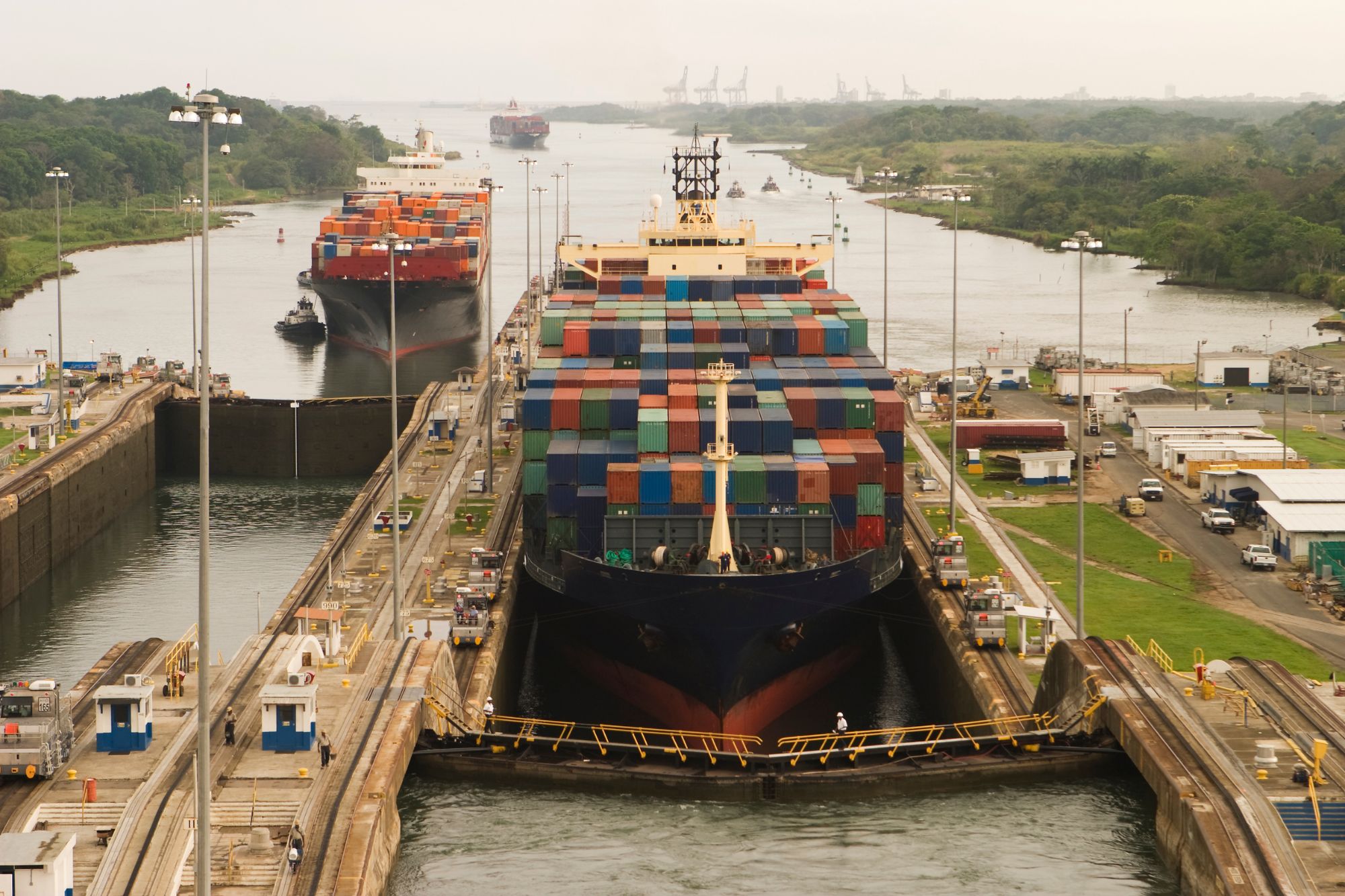
Latin American Foreign Trade: Trends and Challenges
Latin American foreign trade has experienced significant growth in recent decades, driven by factors such as trade liberalization, greater regional integration, and growth in domestic demand. In 2021, Latin American exports reached a record of $824 billion, 13% more than in 2020.
However, the region also faces significant challenges, such as a high dependence on commodity exports, poor logistics infrastructure, and customs bureaucracy. It is estimated that the high dependence on commodities exposes the region to significant volatility in international prices, negatively affecting economic stability.
Trends:
+ Increase in intraregional trade: Trade between Latin American countries has grown at an accelerated rate, driven by trade agreements such as MERCOSUR (Southern Common Market) and the Pacific Alliance. In 2021, intraregional trade represented 25% of total Latin American exports.
+ Growth of e-commerce: E-commerce is booming in Latin America, presenting opportunities for logistics companies that can offer efficient last-mile delivery services. Online retail sales in the region are expected to reach $400 billion by 2025.
+ Greater export diversification: Latin American countries are working to diversify their exports and reduce their dependence on commodities. An example of this is the case of Chile, which has managed to diversify its exports towards products such as wine, salmon, and fresh fruit.
Challenges:
+ High dependence on commodity exports: Many Latin American countries still rely heavily on exports of commodities such as oil, minerals, and agricultural products. This makes them vulnerable to fluctuations in international prices. An example of this is Venezuela, whose economy is highly dependent on oil exports.
+ Poor logistics infrastructure: Logistics infrastructure in Latin America is deficient, which increases transportation costs and makes it difficult for companies to compete. It is estimated that the region needs an investment of $750 billion in logistics infrastructure to reach international standards.
+ Customs bureaucracy: Customs procedures in Latin America can be slow and complex, hindering trade. A World Bank study found that customs procedures in Latin America can add up to 10 days to the transit time of goods.
Opportunities for logistics and international transport:
+ Development of innovative logistics solutions: The growing demand for logistics services in Latin America presents an opportunity for companies that can offer innovative and efficient solutions. An example of this is the company Logística 360 from Argentina, which has developed a digital platform that connects carriers, warehouses, and end customers.
+ Expansion into new markets: Logistics and international transport companies can expand into new markets in Latin America by taking advantage of the growth of intraregional trade and e-commerce. An example of this is the German company DHL, which has significantly expanded its presence in Latin America in recent years.
+ Provision of specialized services: Companies can specialize in specific market niches, such as perishable goods logistics or reverse logistics. An example of this is the Brazilian company Frigorífico Belfort, which specializes in meat logistics.
In conclusion, Latin American foreign trade presents both challenges and opportunities for logistics and international transport. Companies that can adapt to new trends and overcome existing challenges will be well-positioned for success.


